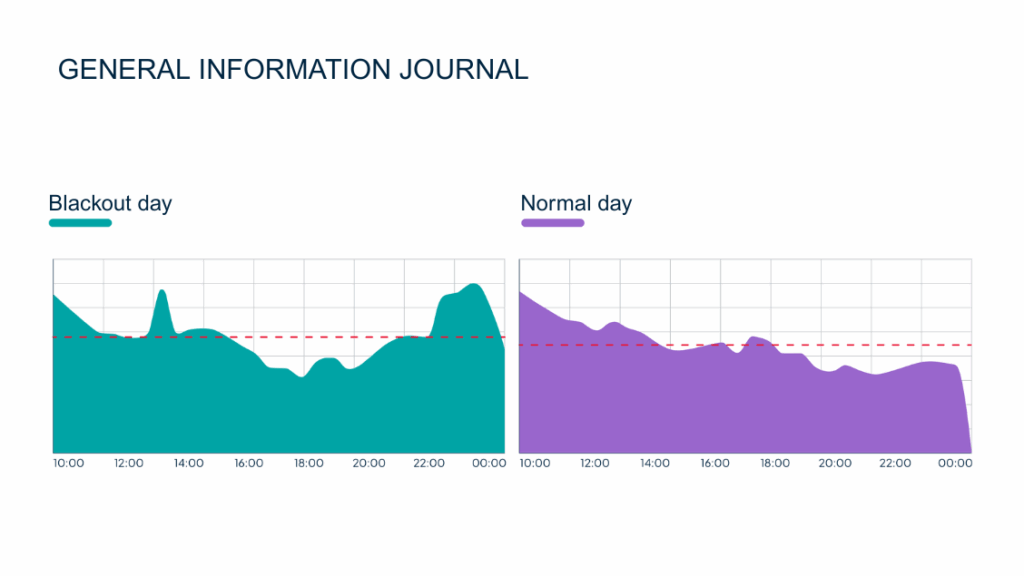What do users do when the power goes out?

05 May 25

The historic blackout on April 28 left a significant portion of the Iberian Peninsula without electricity. More than 55 million people were suddenly disconnected from their daily routines — but not from information. In the absence of clear answers, user behavior was immediate and decisive: they looked for explanations. Where? In the media.
At Transparent Edge, we support some of the most-read digital newspapers in Spain (according to GfK DAM), which gives us a privileged vantage point to observe how web traffic reacts in real time during unexpected events. This time, we analyzed data from three major general news outlets powered by our network. While the publications differ, their traffic graphs tell a remarkably similar story.

All three media outlets displayed the same traffic pattern:
One noteworthy observation: even at the lowest point of the blackout, all three news sites continued receiving traffic from outside Spain. Some were likely residents abroad, regular readers, or curious users from other regions trying to follow the news as it unfolded. It’s a reminder that digital reach goes well beyond physical borders.
While radio may have had the broadest reach during the incident, our analysis clearly shows that digital media plays a vital role in providing real-time, reliable information during moments of uncertainty.
Thanks to the ubiquity of smartphones, news can be accessed anytime, anywhere, making online platforms essential. This presents a challenge for digital media CTOs: ensuring infrastructure can withstand sudden surges in concurrent user requests without service interruption.
The newspapers we analyzed saw traffic increases between 40% and 50% at peak moments. A robust, resilient infrastructure is not a luxury — it’s a necessity.
At Transparent Edge, that’s exactly what we focus on: ensuring information keeps flowing, even when everything else stops.
Could your website or API have stayed online during an event like this?